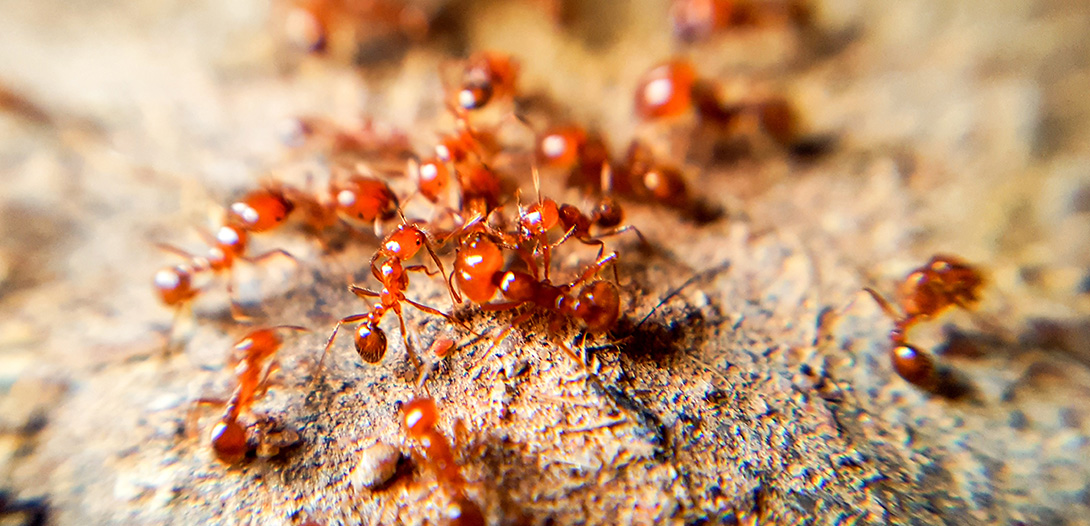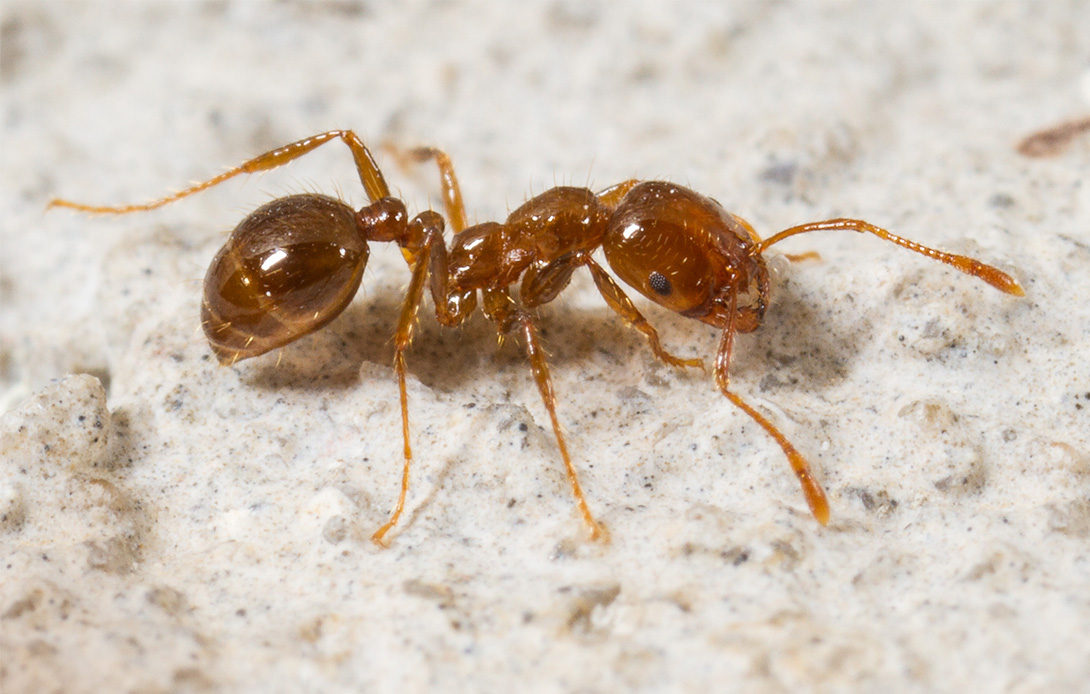Changes to biosecurity laws have come into force to help stop the spread of deadly fire ants.
As part of the changes, the number of biosecurity zones will be reduced from three to two. These zones will include new suburb areas where fire ants have been found.
New guidelines on soil movement will also provide more detailed information on how to safely transport materials such as soil, gravel, mulch and hay to reduce the risk of spreading the pest.
General Manager of the National Red Imported Fire Ant Eradication program, Graeme Dudgeon, said the changes to Biosecurity Regulation 2016 would provide extra protection for areas that have already seen fire ants eradicated.
“The changes are necessary to protect the Australian way of life and make it easier for industry to do the right thing when working in areas with fire ant infestation,” Mr Dudgeon said.
“With initial reports in the current eradication area, in parts of the Lockyer Valley, Scenic Rim and the Ipswich City local government looking promising, the program needs to protect the area from re-infestation.
“We don’t want to undo all the good work we and those communities have already done eradicating fire ants in that area.”
All Ipswich suburbs are located in fire ant biosecurity zone two.
As part of the changes, soil can now be moved anywhere within zone two without a Biosecurity Industry Permit, however there are steps which must be taken to minimise the risk of moving fire ants, such as treating the soil, disturbing it, taking it from depth and storing it appropriately.
What to do if you see fire ants on your property
Do not touch them. Do not try to treat them or destroy the nest.
Phone Biosecurity Queensland on 13 25 23 or report fire ants online
First discovered in Brisbane in 2001, the red imported fire ant is considered one of the world’s worst invasive ant species.
Measuring between 2mm and 6mm, the highly aggressive ants not only inflict painful bites, but they are able to spread rapidly by forming “super colonies” with multiple queens.
Their nests look like dome-shaped mounds and are usually found in open areas such as lawns, farm land, underneath logs, rocks or along the roadside. They can be up to 40cm high.
For more detailed information on how the changes affect you, visit daf.qld.gov.au/fireants
Read more:
>>> Ipswich aflutter with butterflies
>>> Meet the man at the front line of efforts to protect native species
>>> Turning the tide on eroded Ipswich waterway



